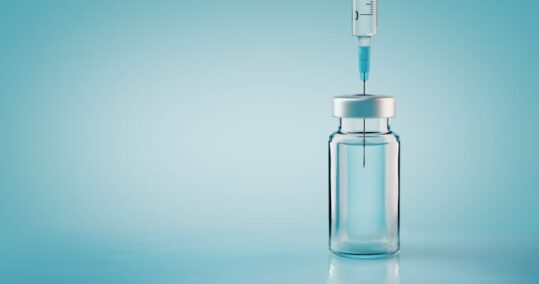‘Stress leads to surge in needlestick injuries on nurses’

The RCN has said a 50% rise in needlestick injuries nurses have accidentally inflicted on themselves this year is likely because of workload, fatigue and stress during the Covid-19 pandemic.
Of the 7,571 RCN members it surveyed in late 2020, 15% had suffered a ‘sharps’ injury – where a needle, blade or other medical instrument penetrates the skin – compared to just 10% in 2008, the most recent year the survey was taken.
The report, led by consultant microbiologist Terry Grimmond, found fatigue topped the list of reasons for injuries given by nursing staff to themselves at 27%, followed by lack of safety equipment (25%), lack of space (21%), poor lighting (12%), staffing levels (12%), lack of training (9%) and wearing PPE (9%).
It concluded: ‘The reason for the high incidence of [needlestick injuries] in 2020 is difficult to ascertain as the UK has little blood and body fluid exposure data available, however, it is likely related to Covid-19 workloads, fatigue, and stress’.
Related Article: NHS 10-year plan: What does it mean for nursing?
It also found that 53% of respondents had received at least one sharps injury during their career, while 22% of care home staff had sustained one in the last 12 months.
Despite their prevalence, the survey also exposed a lack of understanding around sharps injuries with 82% of respondents saying the disease risk was low to nil – although blood and body fluid exposure does put healthcare staff at risk of infection.
The RCN pointed to a ‘concerning’ lack of training around sharps injuries, with 25% of respondents saying they had no training on safe sharps use and 21% saying they had not received any education on reporting sharps injuries.
Even after injury, less than half (48%) attended a follow-up meeting and 40% reported not receiving any medical advice.
The findings also fit with the rapidly changing role of nursing staff who have taken on many of the tasks traditionally done by doctors in recent years, such as some nursing support workers now administering insulin injections, the report added.
As a result of the findings, the RCN has called on all organisations to annually review their sharps injuries data and prevention policies. It has also stressed that employers must ensure all nursing staff using needles and other sharp instruments get the training they need.
Related Article: Funded nurse workforce plan needed for neighbourhood health services
Other recommendations for employers included:
- Adopting semi-auto or auto safety-mechanism devices where available and clinically acceptable after evaluation by users.
- Removing all standard devices from the organisation once they are replaced by safer devices.
- Ensuring all sharps bins are British Standards-compliant and are always positioned close to where sharps are used prior to any sharps procedure commencing.
RCN professional lead for infection prevention and control Rose Gallagher said the findings ‘suggest there is still some way to go to protect all parts of the nursing workforce’, even after new regulations were introduced in 2013 to reduce sharp injuries following a campaign led by the RCN.
She added: ‘We now need to see greater efforts for better reporting and training to not only prevent injuries but to ensure there are stronger procedures to follow-up and protect nursing staff after injuries.’
RCN interim director of nursing, policy and public affairs Jude Diggins said the findings suggest ‘the pandemic has highlighted a problem that has not been fully tackled yet’.
Related Article: Over one million children living in homes causing asthma and chronic illness
She continued: ‘Most sharps injuries can be prevented and there are legal requirements on employers to take steps to prevent healthcare staff being exposed to infectious agents from sharps injuries.’

See how our symptom tool can help you make better sense of patient presentations
Click here to search a symptom




